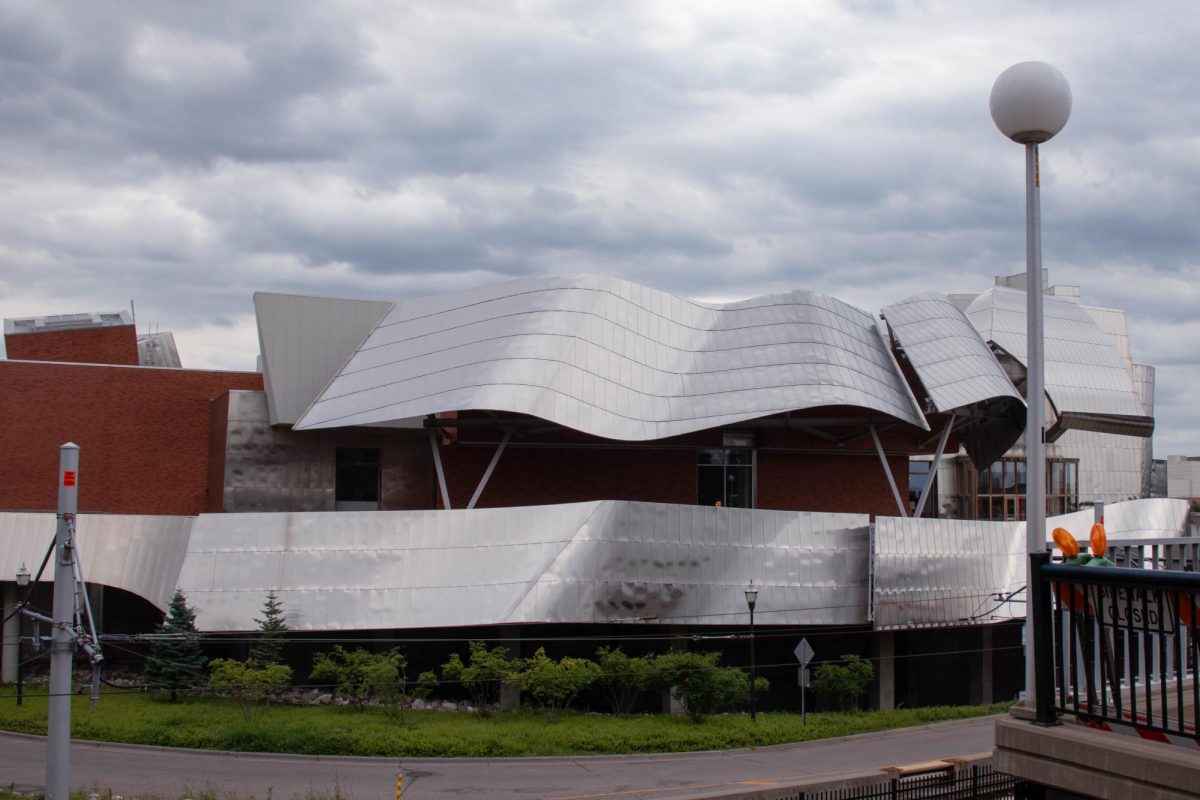While the editorial “Vacuuming up the Atmosphere” states the challenge faced and the reward offered by Richard Branson, the editorial could have easily been enlarged to include possible solutions. Instead, the article takes on a tone typical of discussions about this prize in the mainstream media. Concentrating on humans developing a “device” to remove carbon dioxide from the air, while a seemingly noble idea, shows the typical American mindset of developing a device intended to make a task easier. The idea gathering the most momentum in the scientific community is one to seed our oceans with Iron.
Around 20 percent of our oceans are considered High Nutrient/Low Chlorophyll. In 1989, Oceanographer John Martin set out to test a hypothesis about a possible reason behind this anomaly in our oceans. He posited that these areas lacked one vital ingredient: iron. Plants require small amounts of iron to produce chlorophyll, which converts carbon dioxide to oxygen. If phytoplankton growth can be spurred through introducing iron into our oceans, humans could theoretically be able to direct the climate.
After Martin’s death in 1993, his colleagues set out on an expedition to test his hypothesis. In a 25 square mile area of HNLC ocean, the team dumped 1,000 pounds of granular iron sulfate, and within two weeks, the biomass equivalent of 100 full-grown redwoods had been produced. The experimenters calculated that they had pulled 2,500 tons of CO2 out of the atmosphere, and claimed they could do it again in desolate zones all over the world.
While caution will undoubtedly be necessary, it is not outside of the capabilities of our current scientific community. Before any large scale initiation of the project, Japan’s Earth Simulator could be used to extensively model the possible reactions of our oceans to this introduction of iron. One fear is that huge plankton blooms in the southern oceans will devour other nutrients in addition to carbon dioxide. This would disrupt the food chain in the northern oceans, which rely on deep ocean currents from the south to deliver nutrient-rich water to the bottom rungs of the food chain.
In practice, the introduction of iron can be halted if any detrimental effects on the ocean food chains are observed. Iron fertilization is by far the cheapest and easiest way to mitigate carbon dioxide. Martin’s colleague Kenneth Coale estimates that just one pound of iron could conceivably hatch enough plankton to sequester 100,000 pounds of CO2. “Even if the process is only 1 percent efficient, you just sequestered half a ton of carbon for a dime.”
The most important thing to remember in the debates that will follow before Branson’s prize is delivered is that our Earth is such a complicated system, that it might be impossible to know with 100 percent certainty all effects that any method for reducing CO2 could have. Any solution, such as a space mirror or filtering carbon dioxide from the air, would require a massive expenditure of energy (burning fossil fuels) to initiate such a project. Of the mainstream theories, only the “iron-the-ocean” harnesses life to do the work for us. This possible solution to global warming is simply too feasible to be ignored.
Darin Andersen is a University student. Please send comments to [email protected].
















